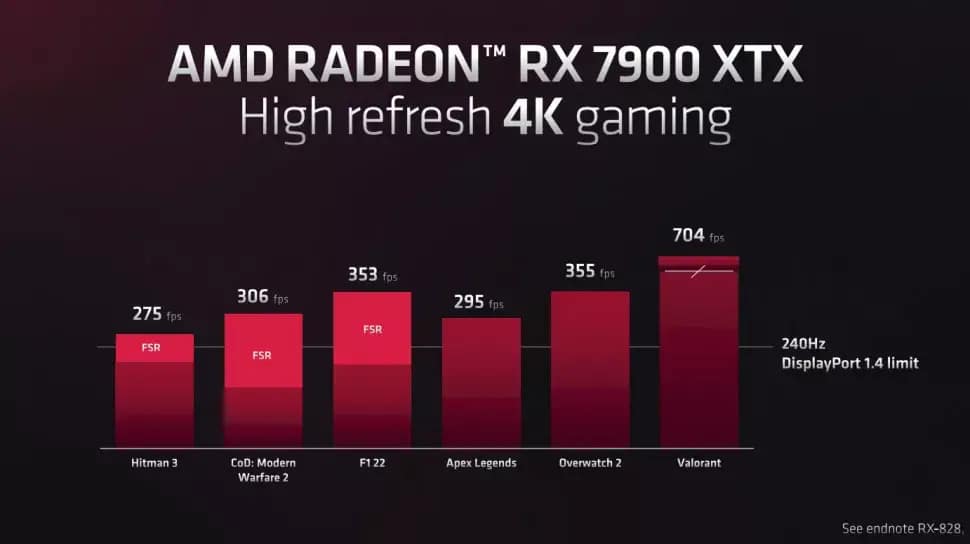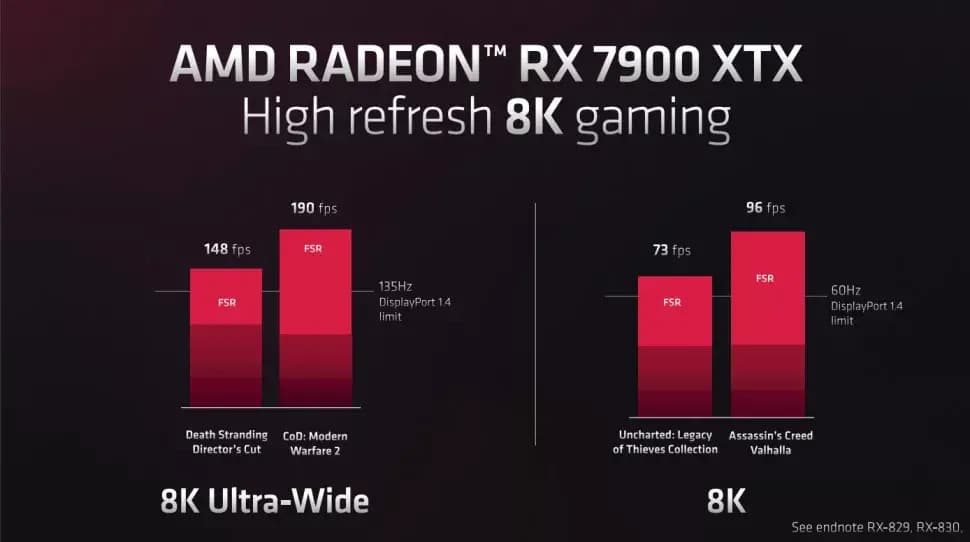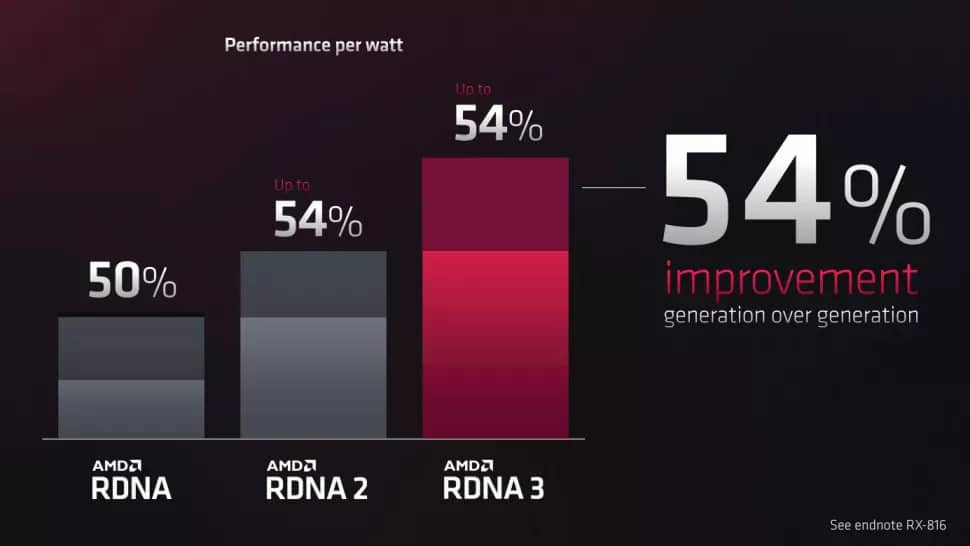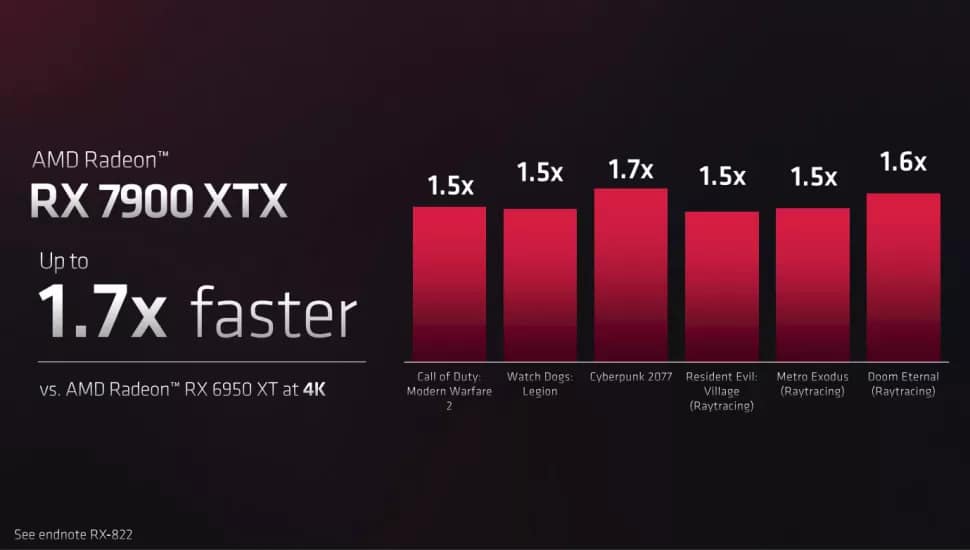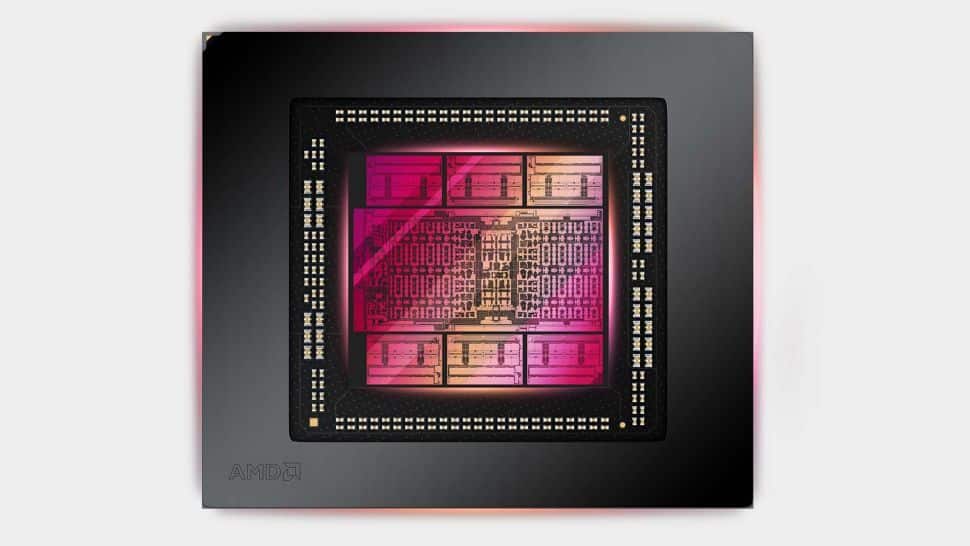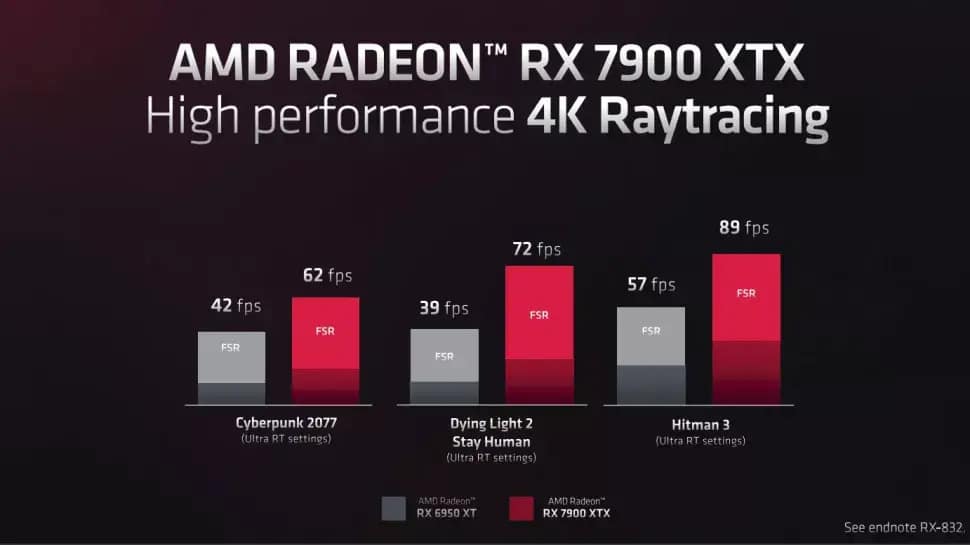Tech
AMD Launches RX 7900 XTX & RX 7900 XT
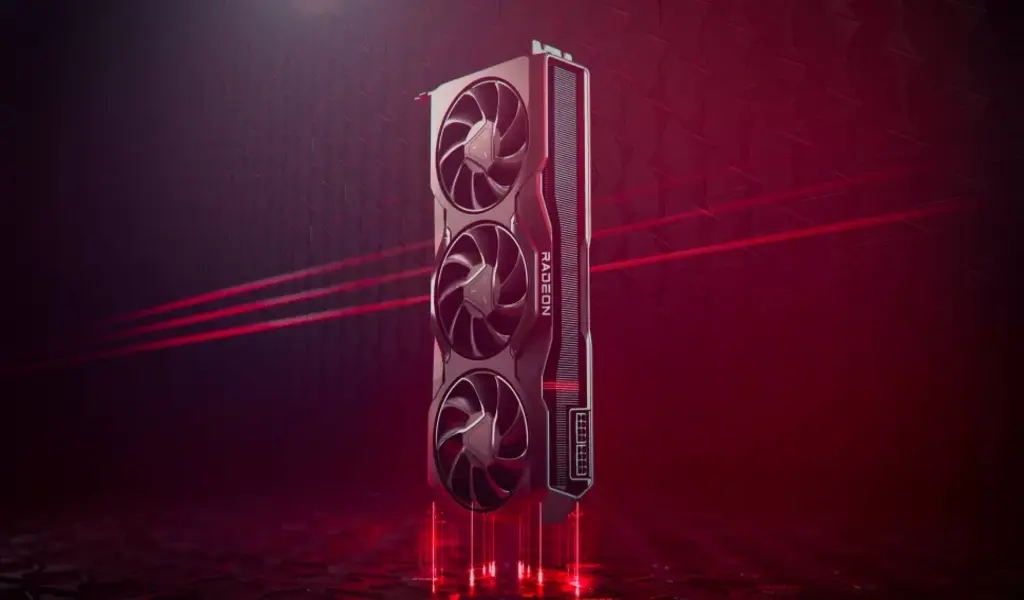
(CTN NEWS) – AMD has officially revealed its next-generation GPU architecture, RDNA 3, as well as the first two cards developed with it: the Radeon RX 7900 XTX and the Radeon RX 7900 XT. On December 13, 2022, buyers will be able to purchase either card.
Let’s move on, as we’ve been waiting for information on these two cards for a while.
With its two brand-new enthusiast-grade cards, AMD is bringing some remarkable statistics to the table, and the RX 7900 XTX promises to produce up to 61 TFLOPs of computing performance—nearly three times the 23 TFLOPs from the RX 6950 XT.
96 RDNA 3 Compute Units (CUs), which is tantalizingly near a triple-digit figure, will be used by the RX 7900 XTX. It has a substantial amount of VRAM, totalling 24GB of GDDR6, and runs at a game clock of 2.3GHz.
This card, which AMD introduced today as its top model, has a 355W total board power (TBP). The RX 7900 XTX claims to be up to 67% quicker than the card it replaces at the top of the stack, even though that is a little more than the 335W TBP of the RX 6960 XT.
The cost of the RX 7900 XTX is $999.
The RX 7900 XT comes next. This has 84 CUs in total, 12 fewer than the XTX variant. It has 20GB of GDDR6 and a 2GHz game clock, so it’s up there regarding clock speed. It operates at a somewhat more restrained 300W TBP.
|
AMD RDNA 3 Specs |
||
|
|
RX 7900 XTX |
RX 7900 XT |
|
Compute Units |
96 |
84 |
|
RDNA 3 cores
|
6,144 |
5,376 |
|
Game clock (GHz) |
2.3 |
2 |
|
Memory |
24GBGDDR6 |
20GBGDDR6 |
|
Memory bus |
384-bit |
320-bit |
|
Infinity Cache |
96MB |
80MB |
|
Total Board Power (watt) |
355 |
300 |
|
Price (MSRP) |
$999 |
$899 |
Since the RX 7900 XT costs only $100 less than the RX 7900 XTX, at $899, the more potent card might be the one to watch for if you can get it for $999.
If you’re not concerned with the greater VRAM capacity, the RX 7900 XT might be the better choice, but the performance gap between the two will determine our final decision.
AMD provides a few graphs to pique gamers’ interest before the product launches.
AMD RX 7900 XTX 4K GAMING
AMD RX 7900 XTX 8K GAMING
PERFORMANCE PER WATT
Both cards will continue to use two 8-pin power connectors to give the necessary wattage, but AMD hasn’t ruled out the possibility that its partners would add an additional 8-pin for more power with overclocked cards.
Through AMD’s brand-new Radiance Display engine, which supports frame speeds up to 480Hz at 4K and 165Hz at 8K, DisplayPort 2.1 will also be supported.
It’s debatable whether you can benefit from it, but it’s encouraging to see AMD add the display connector since Nvidia notably did not on the RTX 4090.
The GPU is where things start to pick up. The 58 billion transistors that AMD is packing into its new GPUs are spread out throughout the device. According to AMD, these are the first gaming GPUs in the world to be chipset-based.
AMD has two new core components for its RDNA 3 GPU: GCN and MCN, drawing on some of the lessons it learnt from its chiplet-based Ryzen CPUs.
The real rendering cores that chew through integer and floating point computations are found on the so-called GCN. Each of the RX 7900 XTX and RX 7900 XT models has a single 300mm2 GCN.
The GCN is constructed using TSMC’s 5nm process node and includes the media and display engines in addition to the hardware needed for AI, rendering, and ray tracing.
Additional full support for AV1 encode and decode, AVC, and HEVC is provided by the GCN. Additionally, AI acceleration has been greatly enhanced over the last generation, up to 2.7x. But don’t worry if all you’re after is gaming performance.
The new GCN has enhanced ray tracing capabilities that can increase performance per CU by up to 50%. In a graph given by AMD, this does seem to significantly impact the playability of games on RDNA 3 with ray tracing turned on.
There will be six MCDs surrounding this GCN on both cards. Compared to the GCN, these chips are much smaller, each measuring 37mm2.
These have a 6nm process node from TSMC. Each of these has a second-generation Infinity Cache and a 64-bit memory controller.
All six of these MCNs will work on the RX 7900 XTX. However, only five of them will function on the RX 7900 XT.
The sixth chip will still be present, but AMD claims it is there for manufacturing-related reasons, which I presume are related to packing and possibly also for the best cooling.
That should imply that the 7900 XTX will have a full 96MB of Infinity Cache, whereas the 7900 XT will only have 80MB. I have to extrapolate this information from other statements about the MCN design, as AMD didn’t provide it during its event for either card.
Split clocks are utilized by RDNA 3 in both the shader and front end. The company’s engineers said that front-end performance was more of a constraint for gaming than actual shaders.
In RDNA 3, the front-end clock and shader clock were split, resulting in a faster front-end with a top speed of 2.5GHz and a slower shader clock with a bottom speed of 2.3GHz. According to AMD, this amounts to a 15% frequency increase with a 25% power reduction.
When we get our hands on these cards, I’m not sure how the split clock will affect overclocking, but AMD believes there will be some room for overclocking from its card partners and gamers at home.
Of course, everyone’s main concern before this announcement was whether AMD’s RDNA 3 architecture would be able to defeat Nvidia’s just-released RTX 4090.
We didn’t hear anything about that contrast in its live telecast. You might be correct if you assume that because the RX 7900 XT can’t quite compete with the RTX 4090 gaming.
AMD hinted that they aren’t necessarily trying to compete with the RTX 4090 in a post-stream Q&A. The Radeon GM for AMD, Scott Herkelman, adds, “we’re competing in $1,000 or below.” He continued by saying he is confident in the “performance and the value we’re providing.”
The time to learn how these cards match up in games is not too far away. On December 13, both the RX 7900 XTX and RX 7900 XT will be offered for sale, and AMD’s partners will also be announcing their own variations of both cards on that day.
RELATED CTN NEWS:
Global Use of Twitter Hits an “All-Time High” Under Elon Musk
LG TV Deal: 50-inch 4K HDR TV Now Costs Just For £379
Apple ‘Shot on iPhone’ Video Highlights iPhone 14 Pro’s Action Mode

